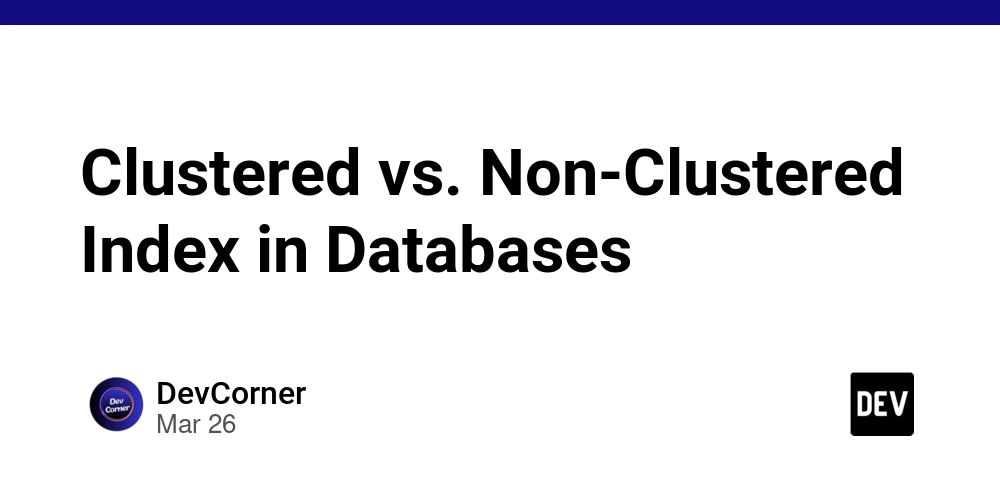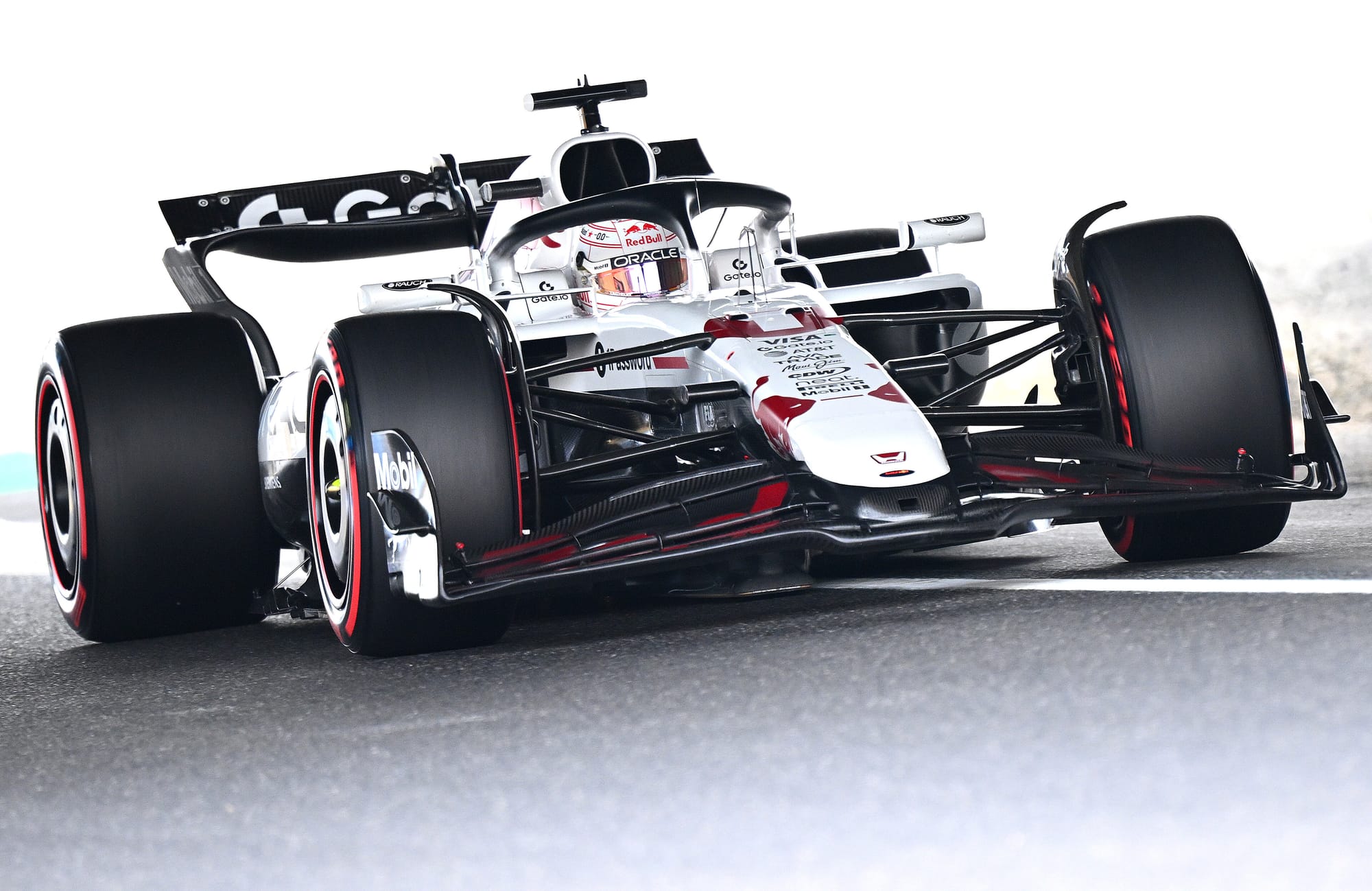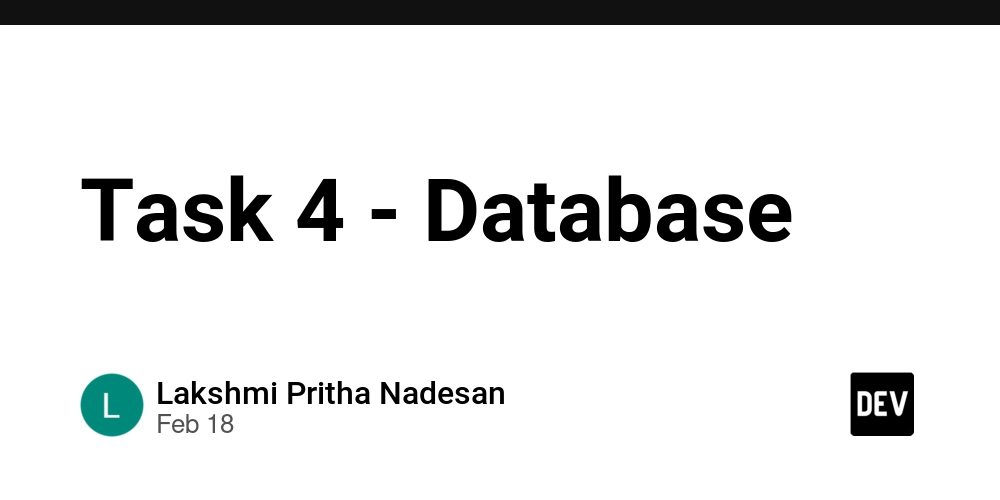Clustered vs. Non-Clustered Index in Databases
Indexes in databases improve query performance by allowing faster data retrieval. There are two primary types of indexes: Clustered Index and Non-Clustered Index. 1. Clustered Index A clustered index determines the physical order of data in the table. Since a table can only have one clustered index, the data is sorted based on this index. Key Characteristics: The table's rows are stored physically in the order of the clustered index. Faster for range queries (e.g., BETWEEN, ORDER BY, GROUP BY). One clustered index per table, because data can be stored in only one order. Usually, the primary key creates a clustered index automatically in most databases. Example CREATE CLUSTERED INDEX idx_employee_id ON employees (employee_id);

Indexes in databases improve query performance by allowing faster data retrieval. There are two primary types of indexes: Clustered Index and Non-Clustered Index.
1. Clustered Index
A clustered index determines the physical order of data in the table. Since a table can only have one clustered index, the data is sorted based on this index.
Key Characteristics:
- The table's rows are stored physically in the order of the clustered index.
-
Faster for range queries (e.g.,
BETWEEN,ORDER BY,GROUP BY). - One clustered index per table, because data can be stored in only one order.
- Usually, the primary key creates a clustered index automatically in most databases.
Example
CREATE CLUSTERED INDEX idx_employee_id ON employees (employee_id);



![[FREE EBOOKS] The Kubernetes Bible, The Ultimate Linux Shell Scripting Guide & Four More Best Selling Titles](https://www.javacodegeeks.com/wp-content/uploads/2012/12/jcg-logo.jpg)



































































